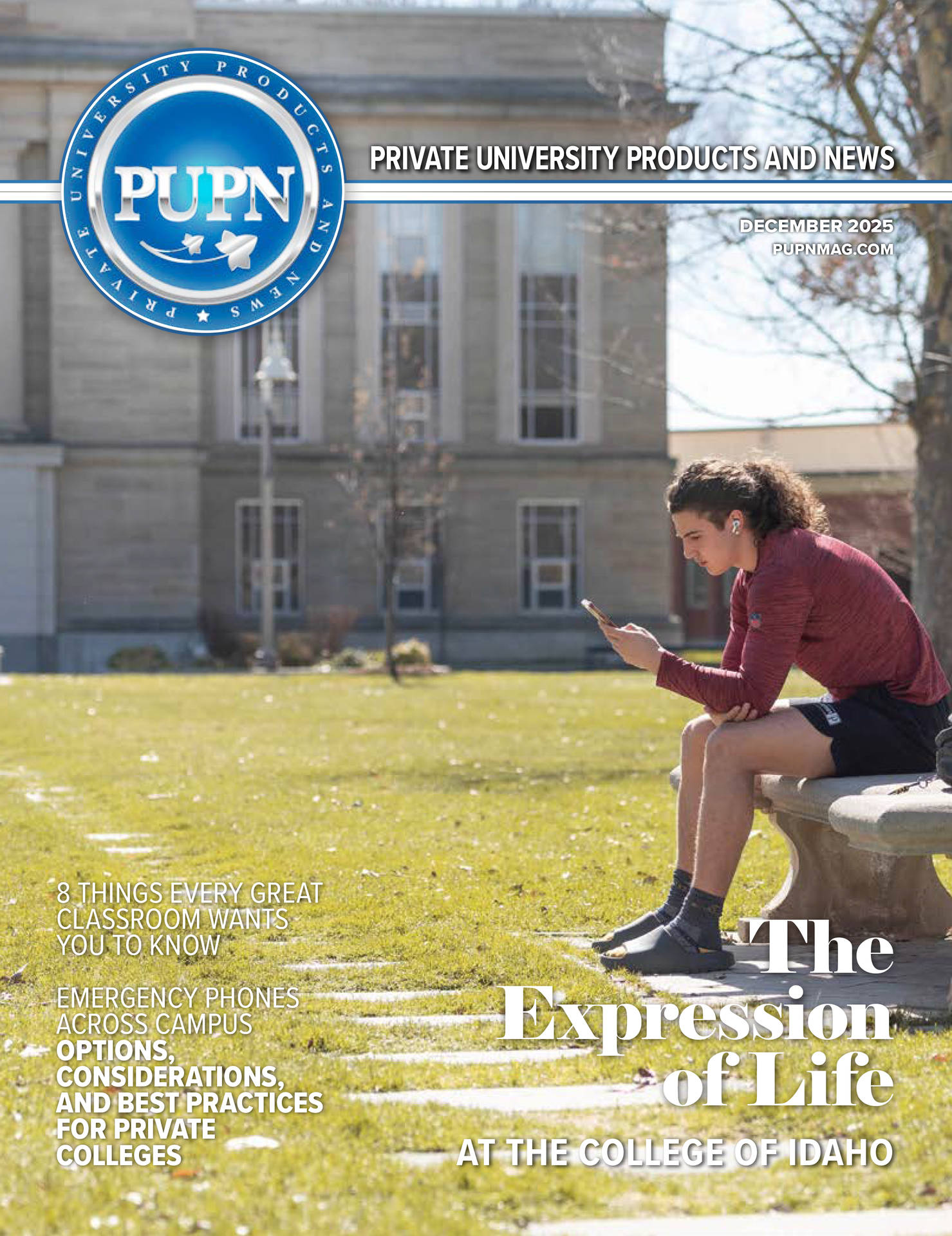Gannon has recently created a new school of Public Service Global Affairs within the College of Humanities, Education, and Social Science. As previous Program Director of Political Science and current Program Director of Political Science, Sahay was integral to this restructuring.
Academic Work
As Walter Iwanenko, Gannon’s Vice President for Academic Affairs, states, “Anjali is a great person—a pleasure to work with, to talk to, and to be around.” Noting that she was the Senate Faculty president when he arrived at Gannon, Iwanenko credits the groundwork he and Sahay laid during that first year, particularly in the strong relationship he still enjoys with the faculty. Iwanenko says that Sahay is “one of the people who makes Gannon what it is. We wouldn’t be the same place if she weren’t here.” Iwanenko calls Sahay a “bridge builder,” noting that this pattern of bridge building spans all of Sahay’s work.
With B.A. and M.A. degrees in History and a PhD in International Studies, Sahay researches international migration. In her 2009 book, Indian Diaspora in the United States: Brain Drain or Gain? Sahay juxtaposes the known challenges presented by the “brain drain” of outmigration with benefits such outmigration can provide to workers, students, and their families.
The undergraduate degrees in the new school—including Legal Studies, Political Science, History, and Public Service Global Affairs—are designed to interconnect with the school’s grad programs, a Master’s in Public Administration and a PhD in Organizational Leadership.
Sahay says that the discipline of international relations has a great deal to offer to the world at large in the current moment. In Spring 2020, she taught a senior seminar focused on demonstrating the connections between global migration, population, and health. In the past, the health portion of this course always focused on historical examples and never felt very personal to the students.
With the emergence of the pandemic, however, she was stunned at how the class came alive. The students saw in real time how governments shut down borders in response to immigrant health concerns. Sahay notes that the political science classes in the upcoming semester will have a great deal of real world material to draw on, from the widespread international protests kicked off by the George Floyd murder to economic disruptions and the pandemic crisis—with all of these events happening during an elections semester.
As Sahay says, “This is a very momentous time. The country is poised to make big decisions.” This moment in history has personal significance, as well: Sahay gained her US citizenship in 2018, so she is excited to vote in a Presidential election for the first time.
Work with Students
Sahay mentors students both inside and outside the classroom. Gannon has a fairly large global student population, with many students from India. According to Iwanenko, Sahay guides these students, also creating bridges between them and the local community. Sahay continues to develop her array of teaching modalities, twice winning the Gannon President’s award for Teaching with Technology. She has also served on Gannon’s Globalization Strategic Committee, which tries to infuse internationalism in campus programs; as a result of these efforts, she was recognized with the Prioritized Institutional Goal award.
As part of her Introduction to U.S. Government classes, Sahay regularly organizes voter registration drives to get her students actively involved in the community. She also encourages all students to closely follow high quality news, and she teaches her students that the U.S. has come far in ensuring civil rights, though there is still work to be done in this area. Observing that Asian Americans have benefitted from the Civil Rights movement, she encourages her students to understand the struggles of every group and to notice that not everyone’s experiences have been the same in America.
Model UN
One way that Sahay not only mentors students but also builds relationships between the campus and wider community is by organizing the Model UN at Gannon each year. The first Model UN conference was held at Swarthmore in 1947, just two years after the United Nations itself was established. The Model UN simulation is popular with middle and high school students, who act in the role of their assigned countries.
Sahay says this experience allows students to intimately understand another point of view and not only debate but also work together, developing mutually agreeable resolutions. She has had two decades of experience with the Model UN program, beginning with involvement as a graduate assistant at Old Dominion shortly after arriving in the United States in 1999. She has over a decade’s experience running Gannon’s Model UN program, which is among the oldest in the nation. Sahay has seen that, in studying diplomacy, students learn collaboration, consensus-building, and how to put aside differences to work together.
Recent Gannon graduate Muhammad Al-Sahlani acted as Secretary General for the 2018 Model UN high school conference. To prepare for the event, organizers met twice a week in the year leading up to the event. The planners organized the schools attending, registration, financing, and topics to be addressed by attendees.
During the planning period, Gannon students also went to Toronto for a Model UN conference. Al-Sahlani says that Sahay was “always there to give a helping hand” throughout the planning process and conference. Al-Sahlani changed his major from nursing to international relations because of Sahay, emphasizing that her passion for the field inspired him as a student.
Until Fall 2020, over four hundred high school students drawn from Pennsylvania and surrounding states have participated in Gannon’s Model UN program each year. With the limitations imposed by COVID-19 safety regulations, however, Sahay knew they couldn’t have their regular in-person event this fall, but she was determined to give the students a similar experience.
The organizers are working with a tech team to build a website with resources for the Model UN students. As Sahay says, “This is a time to be creative and innovative.” The organizers picture the website as a space for students to train themselves using the information and assessments available. Once the students have prepared, this year’s organizers hope to hold a Model UN General Assembly in December via Zoom. This revised vision of the Model UN experience would allow students to act as world leaders, presenting a prepared speech from their assigned countries’ points of view.
Community Service
Participating in the community on a state-wide level, Sahay is now serving a second term on the Pennsylvania Governor’s Advisory Commission on Asian Pacific American Affairs. The one-of-a kind commission, established by Governor Tom Wolf in 2015, plays the role of policy advisor to the state government. For example, the entire commission has been involved recently with health disparities in the state, advising the governor on COVID-19 response and the needs of the Asian American and Pacific Islander (AAPI) community.
Stephanie Sun, Executive Director of the Commission, says that it serves as a bridge between AAPI communities across Pennsylvania and the state’s government. The thirty-three commissioners represent a wide range of national, cultural, and linguistic backgrounds. They are chosen to be as diverse as possible, from across the Asian Pacific region; additionally, the commission tries to ensure that commissioners are spread across Pennsylvania.
According to Sun, the commissioners are all trusted leaders in their own communities; they act as messengers to their home communities, providing information on government resources available. The members of the commission also bring information back to the state government regarding the needs of the AAPI community and its various constituents.
According to Sun, Sahay’s “diverse talents brought her to the commission” in late 2017. Sahay is deeply active at the grassroots in her local community, and her language abilities and cultural competence made her a strong choice to serve on the commission. As Sun points out, the commissioners all serve as volunteers; Sahay donates her time and energy to the commission in addition to fulfilling her roles as professor, researcher, administrator, community leader, performer, and parent.
Sun says that as immigrants who have been appointed as commissioners makes her and Sahay both “feel valued and recognized … it’s encouraging.” Sun says that they “both feel honored to be able to serve” their communities, and that she is glad to have Sahay as both a colleague and a friend. Sun offers their first meeting as an example of Sahay’s innovative spirit and seemingly boundless energy.
Sahay had scheduled the first quarterly AAPI Town Hall to coincide with the annual Celebrate Erie festival. The town hall included attendance by the mayor and other officials, followed by a lovely dinner so that commissioners could get to know one another. Sahay was co-organizer of both elaborate events, and Sun was impressed by the extensive offerings of both.
Erie is a refugee resettlement community, and Sahay helps to organize multi-cultural nights in schools, educating students and parents about the wide variety of cultures represented in the community. The goal of these multicultural nights is to promote understanding among people from different backgrounds.
Lifelong Learner
During her time at Gannon, Sahay has returned to graduate studies, earning a Master’s degree in Business Administration. This degree allows her to teach international business courses in the business school; she also adjuncts in the Masters of Public Administration program, as well. Sahay sees these courses as intimately interconnected with international political science and economics; these areas of focus, she says, really can’t be separated.
Sahay’s thirst for lifelong learning extends to artistic pursuits, as well: having learned Indian classical dance growing up in New Delhi, she was able to begin dancing again in 2014, performing in a Diwali event at the Governor’s mansion. Additionally, she and her daughter have taken up painting during the COVID-19 isolation.
Through all of her varied and interesting pursuits, whether academic, community, or personal, Anjali Sahay demonstrates the positive results of valuing multicultural voices and intercultural exchange. She actively builds bridges between communities, and she demonstrates the value of collaboration in every aspect of her work.










